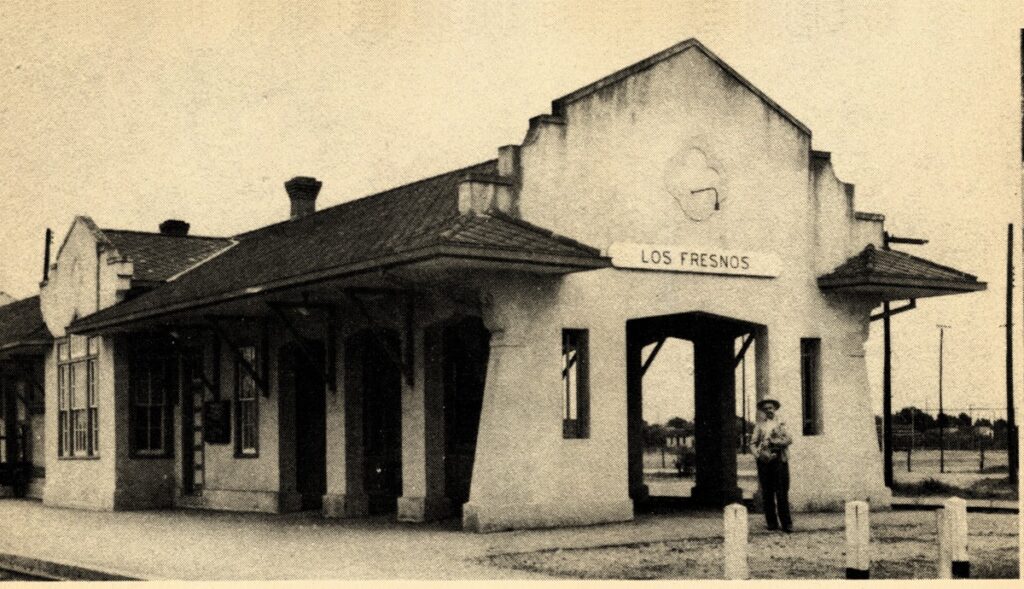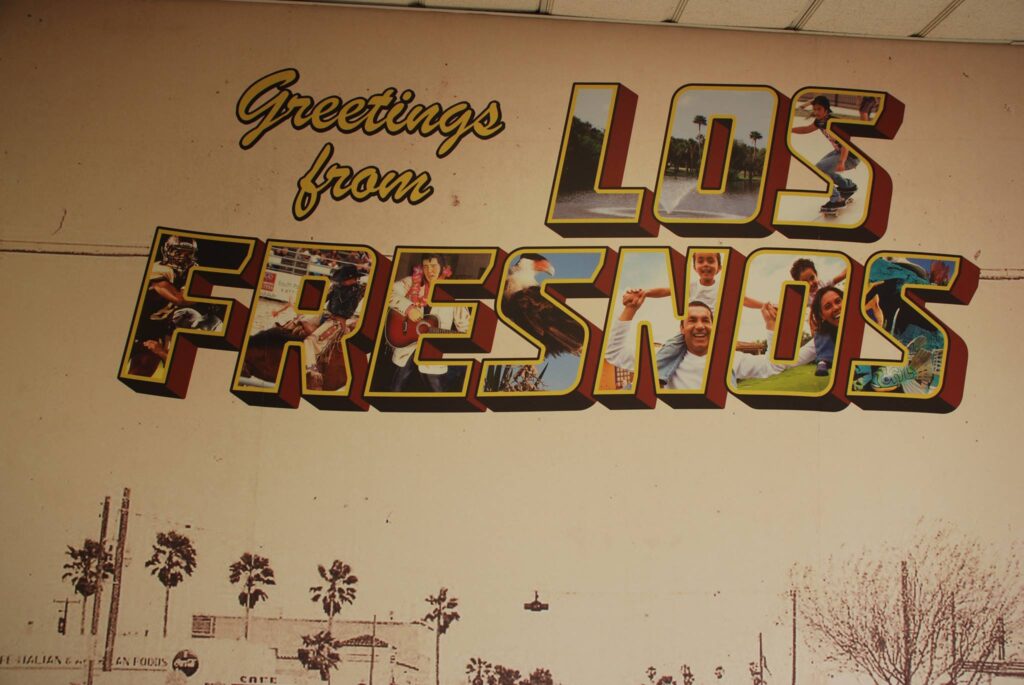- South Texas Students Meet Accordion Music Icons Los Tigres Del Norte In Edinburg Thanks To Khs America/Hohner Alianza Académica Initiative
- Fragile Planet Offers a Nighttime Wildlife Experience
- Falcons Soccer Off & Running
- Cameron County Receives Funds to Improve Two Parks
- Falcons Complete First Half of 32-6A
- School District to Help out Victims of California Wildfires
- Sand Castle Days Continued Despite Unexpected Weather
- Ready for District
- Discussion of Garbage Dumpster Rates, Agreements Between State & City on Highway Regulations, and More
- 31st Annual Shrimp Cook-Off is Right Around the Corner
City of Los Fresnos Abundant History
- Updated: May 2, 2024

By Mike Villarreal
Los Fresnos, Texas, has a rich history that dates back to the US-Mexican War. The town was formed by merging four small communities – Los Cuates, Charco Hondo, Tres Norias, and Agua Negra – which were inhabited by Mexican settlers who had come to the area to work or settle down in ranches around the region.
In the early 1900s, the promise of railroad development in south Texas brought land speculators from the north into the area. One of these speculators was Lon C. Hill Jr, who bought 14.232 acres of the Espiritu Santo Land Grant and divided it into lots.
Developers established the city of Los Fresnos in 1915. The town was named after the ash trees that grew abundantly in the area. That year, a school and a community church were built, which were shared by various denominations until 1922. In 1919, the first post office was opened, but it closed in 1921.
The first Methodist church was built in 1922, and the first scheduled train to Los Fresnos ran in 1927 on the San Antonio and Aransas Pass Railway. The post office was reestablished in 1929. By 1931, Los Fresnos had an estimated population of 400 with 20 businesses, and by 1933, each community had its own church building.
During the 1940s and 50s, there was a growth spurt that increased the population to 1,113 and businesses to thirty by 1959. On September 1, 1970, the Olmito ISD was consolidated with the Los Fresnos ISD, and two years later, Las Yescas ISD followed suit.
Los Fresnos gained notoriety in the late 1980s from the Immigration and Naturalization Service Los Fresnos Processing Center, which was located just outside the city. El Corralon (The Corral) was primarily used to house undocumented immigrants seeking work visas or potential asylum.
There used to be 7 cotton gins in and around the city of Los Fresnos, but today, only a few of them are still standing, with some only having their foundations to mark their history in Los Fresnos. Despite this, the city remains vibrant and continues to grow, with a rich past and a promising future. Many people have contributed to the city’s growth, and their efforts will always be remembered by those who have witnessed Los Fresnos’s transformation.
Photos from Los Fresnos News Archive




